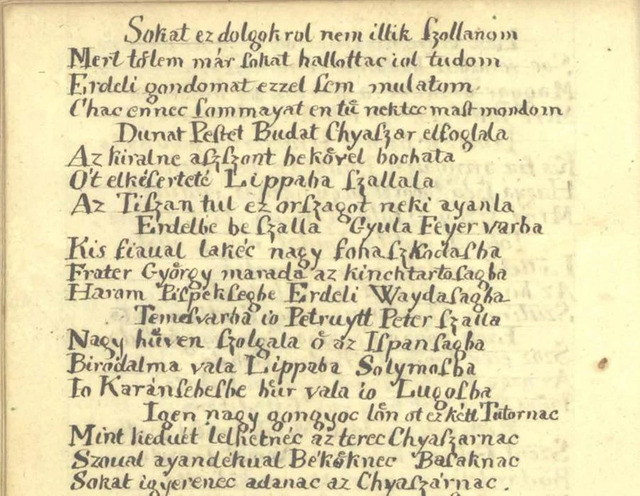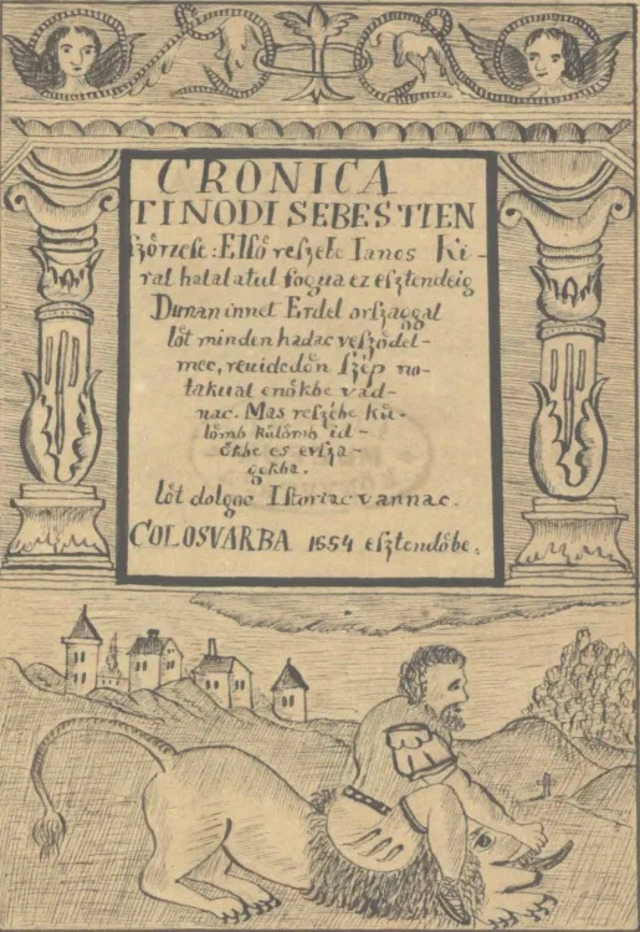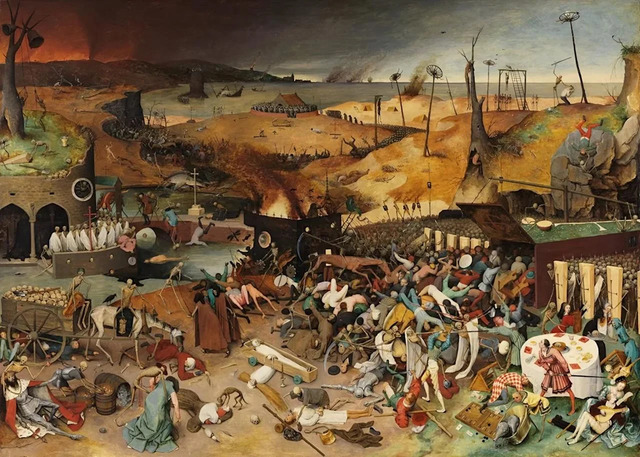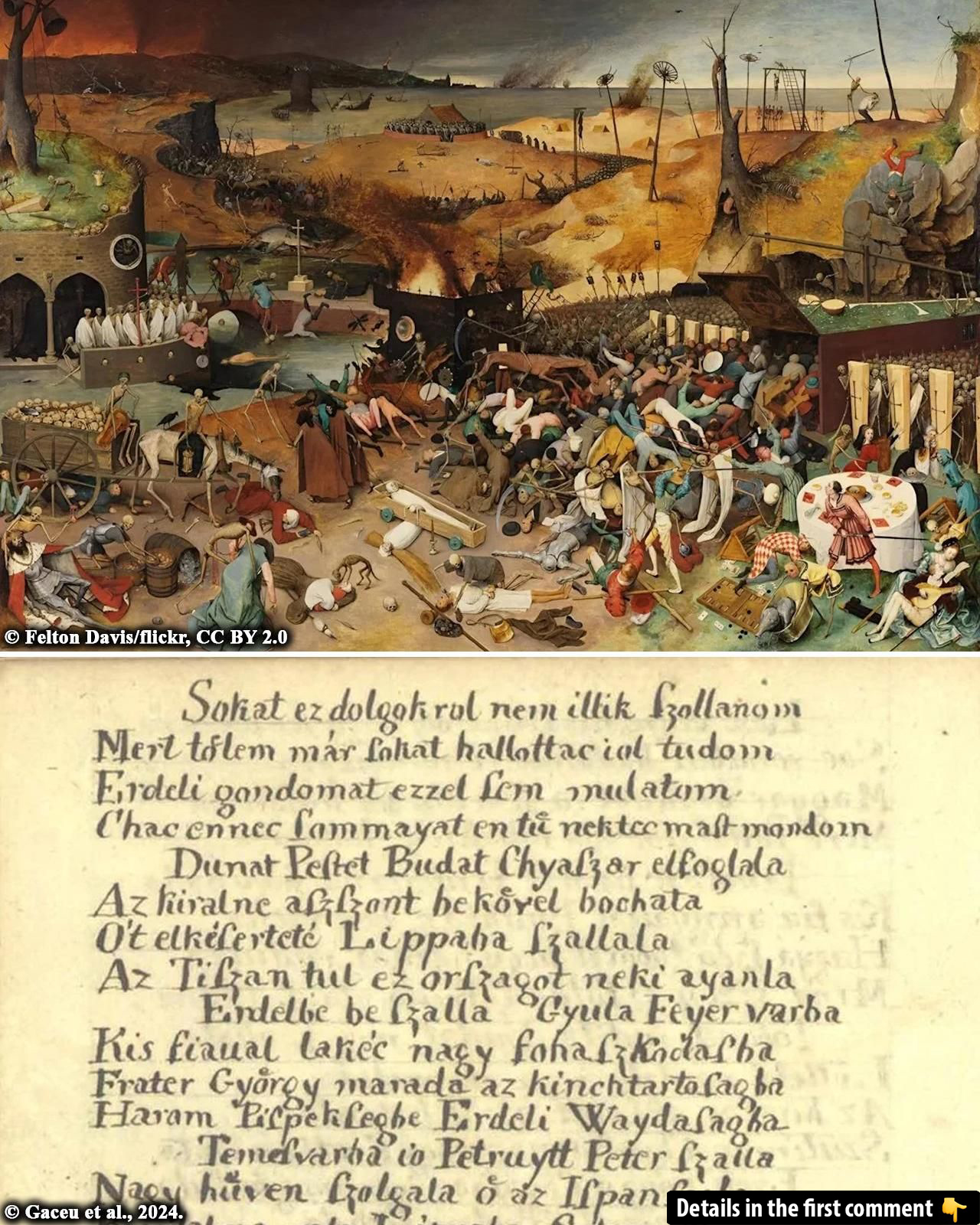Amidst the shadows of history, ancient diaries from 500 years ago offer a rare glimpse into the tumultuous effects of the Little Ice Age on Transylvania. These personal accounts provide more than just records of weather—they reveal how shifting climates shaped the daily lives, health, and societies of the people who lived through them. By diving into these written chronicles, researchers have uncovered the profound relationship between climate change and human adaptation, offering us valuable lessons on resilience in the face of environmental extremes.
The Little Ice Age and its Global Effects
Spanning roughly from 1300 to 1850 CE, the Little Ice Age was a period marked by global cooling. The Northern Hemisphere’s temperatures plummeted, leading to the expansion of glaciers and the cooling of the oceans. Famines were widespread as crops failed, while the resulting hunger triggered uprisings and political instability. The Black Death, along with several smaller epidemics, spread swiftly across Europe, exacerbating the already dire conditions. The period also witnessed the onset of cold waves, poor harvests, and the migration of populations in search of better living conditions.
As dramatic as these large-scale environmental shifts were, understanding how they impacted everyday people has remained elusive. While scientists have pieced together evidence from ice cores, tree rings, and sediment layers, the “society’s archive” — the written records of those who lived through these times — offers a much more human-centered perspective on the changing climate.

Video
Check out the video on how the death of 55 million Indigenous people after colonization may have caused the ‘Little Ice Age’ – it’s a shocking study!
The Role of Diaries and Manuscripts
The study, led by geographer Tudor Caciora at the University of Oradea, is one of the first to focus on the direct effects of climate shifts as documented in personal records. These records include diaries, travel notes, and parish registers. As Caciora explained, these documents are vital for understanding how societies responded to extreme weather events. “Studying climate records from society’s archive is as crucial as analyzing natural proxies,” said Caciora. “It provides a human-centric perspective on past climatic events.”

The diaries and written accounts from the 16th century offer insight into how people coped with the dramatic swings in climate. The first half of the century was marked by a heatwave and extreme droughts, especially in the summer of 1540. One vivid account describes how “The springs dried up, and the rivers dwindled to mere trickles. Livestock fell in the fields, and the air was thick with despair as the people gathered in processions, praying for rain.” This poignant testimony underscores the deep emotional and spiritual toll of such environmental upheavals.
Shifting Weather Patterns and their Consequences

The second half of the 16th century brought an abrupt shift in the weather. Heavy rains and widespread flooding became the norm, particularly in the 1590s. Unlike other parts of Europe, which saw cooling temperatures, Transylvania appeared to experience more frequent hot weather during this period, suggesting that the region may have felt the effects of the Little Ice Age later than other areas. These climatic fluctuations had direct impacts on agriculture, as crops failed in both the extreme heat and the subsequent flooding.
The social consequences of these climatic swings were profound. The Black Death, which ravaged the land for several decades, was likely exacerbated by the poor living conditions caused by the weather. The population also suffered from recurring famines, and in some regions, locust invasions decimated crops. However, despite these challenges, Caciora notes that these hardships may have led to innovations in settlement patterns and infrastructure. “Towns might have adopted flood-resistant infrastructure or migrated to more favorable areas. The challenges might also have spurred technological innovations, such as improved irrigation systems or storage facilities.”
Human Resilience and Adaptation
Despite the constant threat of disasters, the people of Transylvania found ways to adapt. The diaries provide a fascinating look at how individuals coped with the strain of extreme weather. While the records may be fragmented, they still reveal how people responded to famine, disease, and the unpredictability of the environment. These accounts emphasize not only the immediate impacts of the climate but also the long-term cultural shifts, including the introduction of new agricultural practices, migration patterns, and innovations in food storage.
One of the remarkable aspects of this study is how it highlights human resilience in the face of relentless adversity. In periods of crisis, people formed communities, organized collective prayers, and relied on each other for survival. The diaries, though often personal and subjective, paint a picture of a society constantly grappling with the unpredictable forces of nature, yet showing an enduring strength in the face of these challenges.

Limitations of the Study and Future Research
While the findings from these historical texts offer valuable insights, the study does acknowledge several limitations. For one, literacy was not widespread, and many documents were localized or fragmented. This means the data available is not entirely representative of the entire region or period. Additionally, the records are often subjective, with personal emotions and biases influencing the way events were recorded. Despite these limitations, the study proves the importance of these human records in understanding climate history.
Looking ahead, Caciora and his team aim to expand this research by examining other forms of historical records, including manor court rolls and church archives, to create a more comprehensive understanding of how the Little Ice Age affected different regions. By combining these human-centered archives with natural proxies, future studies could offer a clearer picture of how climate shaped societies throughout history.
Video
Watch the video to learn how ice ages happen through the Milankovitch cycles – it’s a fascinating explanation!
Conclusion
The 500-year-old Transylvanian diaries provide an invaluable lens through which we can view the impacts of the Little Ice Age on human societies. While the climate events themselves are largely understood through natural records, these human perspectives give us a unique, emotional connection to the past. The diaries offer a window into the lives of those who lived through a time of profound environmental change, shedding light on the ways in which humans adapt, survive, and innovate in the face of adversity. As we confront the challenges of climate change today, these records offer important lessons on resilience, adaptation, and the importance of understanding history in its fullest context.



